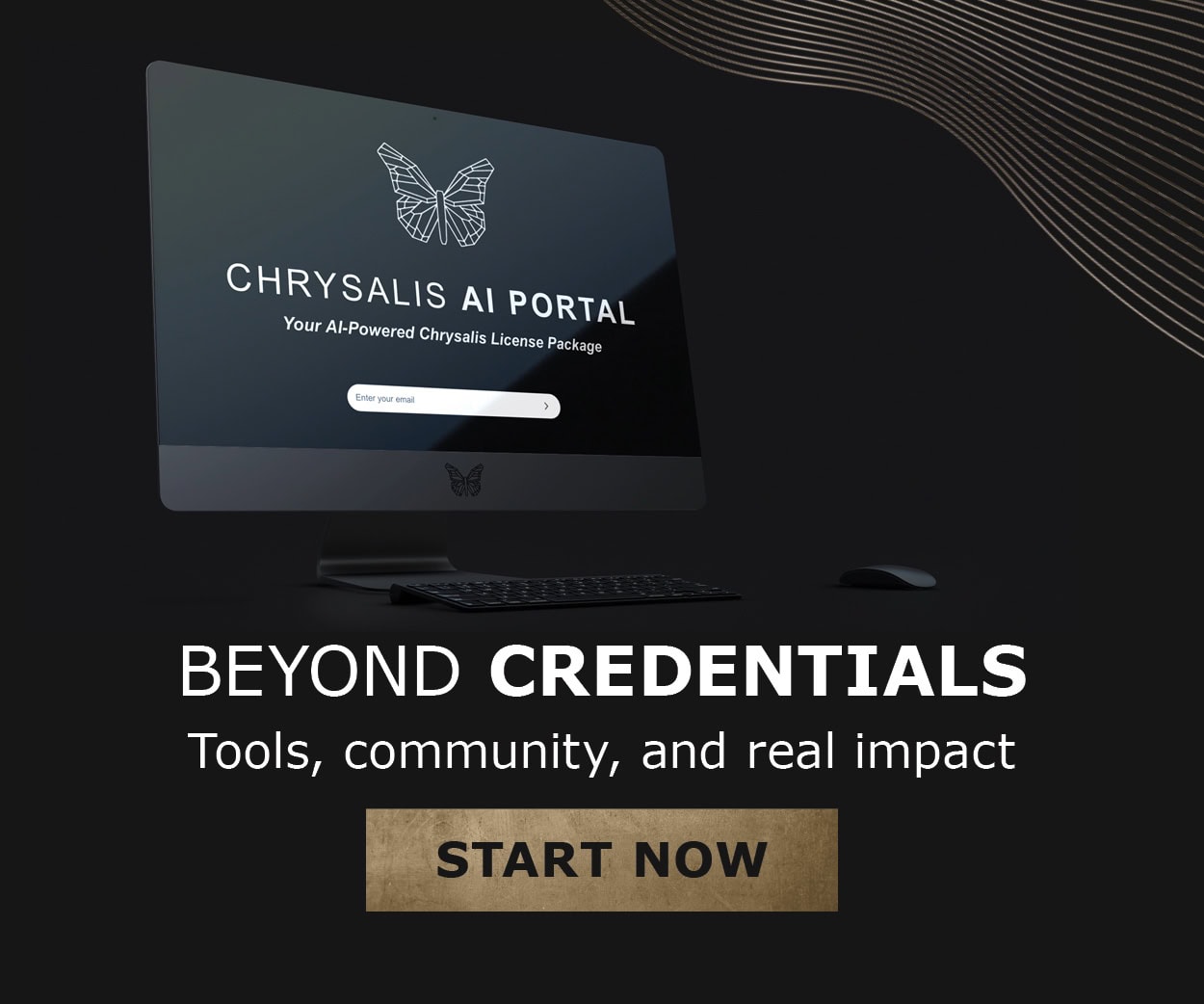Nothing can boost a business quite as much as positive coverage by the media. There are many ways you can secure newsworthy inclusion in print, broadcast or online media outlets. Taking full advantage of your expertise, experience and excellence is a great way to start.
The challenge for many coaching professionals wishing to expand their brand’s reach is understanding the best way to approach the media. While there may be a variety of different options, two common and accessible techniques may be the best way to begin the process. Media relations pros often use either a press release or a media pitch as devices for delivering a story that can elevate a topic or brand. Even without years of hands-on experience using these tools, coaching professionals can easily adopt these techniques to advance their practice and the coaching industry overall.
Press Release
A press release is a news story that you write yourself. It is created in the same form and structure as an article you might read in the newspaper or online. It is news, not opinion. It is neutral, not promotional. And it is created with attention to timeliness, topicality and fact. Writing a press release is the approach to use when you want to share new information, build upon a topic already in the news, or make an announcement of something that is happening in your company.
Press releases can help to bring attention to the message you wish to deliver. It also can earn name recognition and visibility for you, your company and coaching at large. Here are some examples of when you may want to issue a press release:
- If your coaching business has hired a new coach, a press release is a great way to make that announcement and highlight what your new colleague brings to the team.
- If your organization has reached a milestone or achievement like an anniversary, a revenue target, a significant new client, etc., a press release is a useful way to make that announcement.
- If you have secured a new credential, professional certification or endorsement, or have been recognized with an important award, a press release can be used to share that news with the media and the audiences they reach.
Media Alerts or Media Advisory
Media alerts journalists about an upcoming event that your company or organization is hosting. Typically, these serve as one-page invitations to the event to ensure the press are aware and can consider attending. It is important to note that media alerts and advisories are never the full story. Some examples of an event for which you would issue a media alert or advisory could be a conference or a webinar, a panel discussion or a speech. Your media alert informs the press this is happening and how they may be able to participate, cover, learn more or access the remarks after the fact. Media alerts include the five “Ws” of any news story:
Who?
Who is hosting the event? Who will be involved? Who may be attending? Who is the featured guest? For example, if your organization is collaborating with another organization to host a celebrity speaker, that is the information to provide under this heading.
What?
What is the actual event? A speech, reception, panel, celebration? It is necessary that you include the specifics of what will take place so the media can make an informed judgement about attending and covering the program.
Where?
Location is critical, primarily when many events are virtual or in a socially distanced setting. Provide as much detail as possible, not only a physical address, but also a web link to cover the program remotely.
When?
Time of day. Date. Day of the week. All this is necessary:
- 4:00 pm (EST) Tuesday, November 15, 2022
Why?
Explaining why the event is happening is a key detail that will help reporters gain a better understanding of why it is happening and why they should attend.
Media Pitch
A media pitch differs from a press release in that it is not a story, but more of a personal note to the journalists likely to have an interest in your news. The pitch is used to connect the information to the reporter’s areas of coverage interest or responsibility or to related news occurring at this moment in time. A pitch is most often sent to individual journalists when you have an idea you believe is important or a story that is newsworthy.
It is best to explain why your story is important to that specific journalist or news organization – “I noticed that you recently wrote about professional development and wanted you to be aware of new data related to coaching which often is applied for that purpose.” The goal with a pitch is to capture the journalist’s attention in a way that motivates them to cover the information you have provided. A pitch can be delivered in the form of an email or a Tweet to a reporter you are following on Twitter.
Depending on the reporter or publication, you will want to personalize your pitch. Personalization will show that you are not generically pitching out to news outlets but providing a reason this reporter may be interested in your story. When conducting media outreach, it is essential to remain concise and direct. Journalists receive many press releases, advisories and pitches daily. They rarely read them all or read them completely. Keep yours focused, succinct and impactful for the best result. In this case, having a clear subject line or press release title will help you win attention.
Today’s media are desperate for news. Many press outlets have reduced staff but have greater volume to fill. It is no longer a situation where they need to generate the morning paper. Now they need to fill a 24-hour news cycle. Understanding how to share your information can make you a part of that cycle and enhance your visibility and credibility in positive ways.
Disclaimer
The views and opinions expressed in guest posts featured on this blog are those of the author and do not necessarily reflect the opinions and views of the International Coach Federation (ICF). The publication of a guest post on the ICF Blog does not equate to an ICF endorsement or guarantee of the products or services provided by the author.
Additionally, for the purpose of full disclosure and as a disclaimer of liability, this content was possibly generated using the assistance of an AI program. Its contents, either in whole or in part, have been reviewed and revised by a human. Nevertheless, the reader/user is responsible for verifying the information presented and should not rely upon this article or post as providing any specific professional advice or counsel. Its contents are provided “as is,” and ICF makes no representations or warranties as to its accuracy or completeness and to the fullest extent permitted by applicable law specifically disclaims any and all liability for any damages or injuries resulting from use of or reliance thereupon.
Authors
Post Type
Blog
Audience Type
Experienced Coaches, External Coaches, ICF Chapter Leaders, Internal Coaches, Mentor Coaches, New Coaches, Professional Coaches, Team and Group Coaches
Topic
Business Development
Related Posts
The Executive Coaching Blueprint: Positioning, Pricing, and Performance
Transitioning from corporate to coach can feel like uncharted territory for many…
Why Coaches Need Other Coaches
Setting the Foundation When you’re learning about the field of coaching while…
Expanding Coaching Possibilities With the Coaching Spectrum Framework™
When I discovered coaching 14 years into my career as an occupational…








